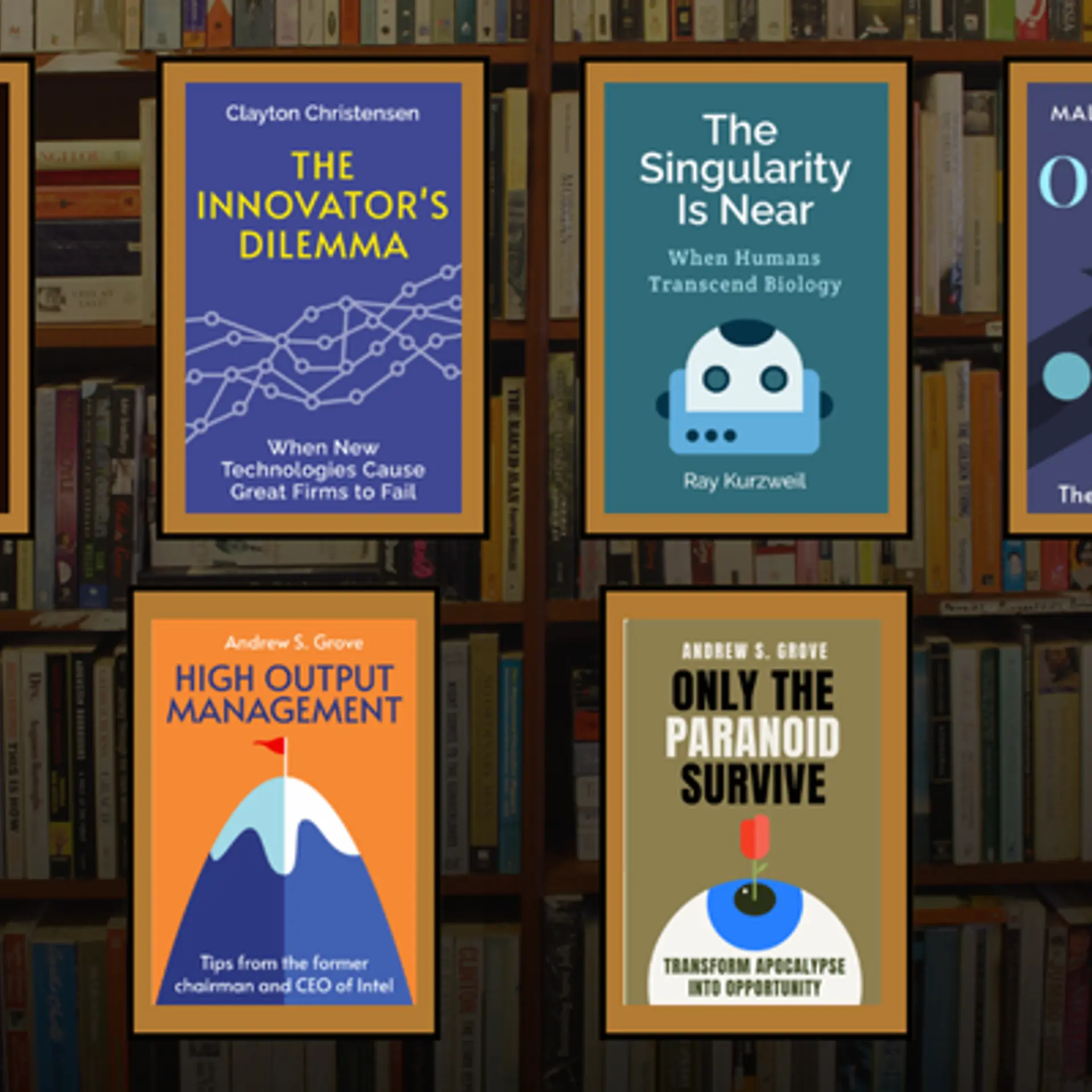Lean patenting strategy Part 2 – Where to file a patent to have an upper hand?
This article is a follow up on the article about Lean Patenting Strategy

Patents provide geographical rights to the owner, i.e., a patent is valid only in the country it is applied for. But what if your aspiration is to be a global player? Would you end up filing in each and every country to meet your aspirations? Do all the biggies follow the same path? To answer these questions, we are furthering our series of lean strategies to suggest the optimal strategies involved in narrowing down the countries in which you may aim to seek protection.The basic factors on which the patent filing strategies depends on are:
- Your locations for head office, sales office, manufacturing, servicing, associates and partners, etc.
- Your competitor’s location for head office, sales office, manufacturing, servicing, associates and partners, etc.
- Where your client base is located? How is the payment capacity of the client base? Does your client base have volumes?
- Is it a base technology or an incremental technology for which you are looking out for a patent filing strategy?
- Is the subject matter of your technology a patentable subject matter in the country of target?
- How is the Political or Economic dynamics in a particular country and how it may change over the next 5-10 years? The current political system may not even allow establishing your business in a particular country, which may be due to various legal regulations. For example, Facebook is still waiting to make its social platform functional in China. Also, future changes in political or economic dynamics may change your client base, your competitors locations and possibly even your locations
- Do you think Facebook is the most popular social network in Japan or Korea? OR is Google a popular search engine in Russia? Well, thing again!. Another barrier which comes into picture here are the language and social barriers. In Japan, Korea and Russia, the first preferable language of communication is the mother tongue, so global players such as Facebook and Google have a real challenge in entering these markets. So, if your business also has few language and social constraints, you may want to keep these aspects in mind
- If your business deals with web based technologies, are you targeting the right countries which have reasonable internet coverage? In which countries are your servers based?
This list of strategies is certainly not an exhaustive list, but this list covers most of the possible aspects that needs to be considered when choosing where to file a patent. It also depends on the kind of business/product, the growth strategies, the target countries, etc., to decide as to which one of these factors would have more weightage than the others. The importance of these factors may change based on each case, and therefore these factors can be used to matrix out your own personalized strategy keeping in mind your company goals.
Here is a hypothetical scenario which highlights the importance of some of these strategies. Let us say a company has an IT hardware manufacturing unit in china but supplies these products worldwide. Keeping in mind that China is a manufacturing hub for IT hardware products; the best bet for the company would be to file for a patent in china. This helps them stop their competition at the origin itself. There may be a chance that the competitors may relocate their manufacturing units but this will cause them to lose cost benefits in comparison to the costs in china.
With respect to client base, a major thing to prioritize is whether the volume of the client is of more importance, or if the payment capacity of the client is more important. Based on this the right countries may be targeted. If volume is of more priority, then countries such as India and china can be targeted. If paying capacity is more essential then countries such as USA, Europe and Japan may be targeted.
Another example which would fit the present world scenario is if a company works on a cure for the Ebola virus. Hypothetically speaking, if a US Research & Development company decides to work on a cure for the Ebola virus, what strategies would they use to protect their technology? It is known that the virus is quarantined and is restricted to Africa only, hence, the main client base, or demand for the cure lies in Africa. Even though the manufacturing of the cure can be done in USA itself using a US manufacturing partner, however an African manufacturing partner may be a better option. This is due to cost reasons as the manufacturing cost from a US manufacturer will be substantially higher to match up to the payment the capacity of an African buyer. At the same time, another more important aspect would be that of transporting this technology to Africa. Therefore it may make sense to file for a patent in USA to protect the invention at your location, but may be more viable to file in Africa, or other third world countries which may have an outburst of the Ebola virus, or where more cost-effective manufacturing partners are available.
The list of most targeted countries to apply for a patent is generated only after a through analysis based on some of the above mentioned strategies. These strategies not only help you in your business growth, but will also help you ensure that your scope of protection is well thought-out. The right strategy for one of your main products may not be the right strategy for another product. So keep in mind this is a fundamental base of strategies using which you can base your own strategies.
About the authors:
This post is co-authored by Gaurav Singhal and Ananya Dhuddu. Gaurav is the Director and Principal IP Attorney at Patracode Services Pvt Ltd. A B. Tech in Computer Science, LLB from IIT-Kharagpur and Masters in Business Laws from National Laws School of India University, Gaurav has been working in the IPR field since many years. Ananya Dhuddu is an Intellectual Property Analyst at Patracode Services Pvt. Ltd. She is a Life Sciences graduate from Pennsylvania State University, USA. She holds a PG Diploma in Medical Law and Ethics from National Law School of India University, Bangalore and a PG Diploma in Intellectual Property Rights and Patent Management from GIIP, Bangalore.







